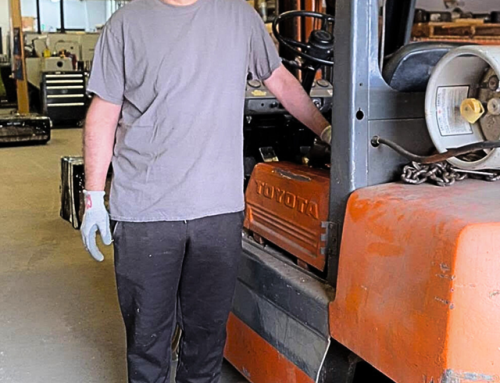Medical disabilities may include cancer, heart disease, diabetes, respiratory disorders, epilepsy, multiple sclerosis, HIV/AIDS, asthma or allergies. There are many different physical disabilities that could come with these medical conditions including hearing, speech and vision disabilities. This type of disability includes sensitivities, which are reactions to certain types of foods, chemicals, perfumes and/or dust.
It’s also important to acknowledge that an individual may be affected by the type and dosage of medications they are taking. Many medical disabilities are invisible and if the disability changes over time, the type of accommodation or assistive devices being used may need to be changed.
Tips for Interaction
Always remember that people with medical disabilities are individuals first. You should discuss the potential effects of any medications or treatments that the individual is taking. Ask the individual if they have any specific needs, accommodations and consider using flexible scheduling.
Allow time for breaks and give them the time to accomplish tasks required of them. It might be helpful for them to work from home on a part or full-time basis, so consider what kind of computer technology they will need to do that.
You should also discuss any emergency medical concerns or procedures in case that individual needs help. If it is necessary, train other employees in emergency procedures that might be required.
Assistive Technology
Disabilities resulting from medical conditions can take different forms, depending on the condition, it’s symptoms and the individual’s health. Therefore, the types of accommodating technology that apply depend on their specific disabilities and needs.
There are several technological devices today that enable individuals with disabilities to maximize their strengths. In the case of disabilities resulting from a medical condition and what would work best for that individual, feel free to contact EmployAbilities for information on how to best accommodate that disability.





